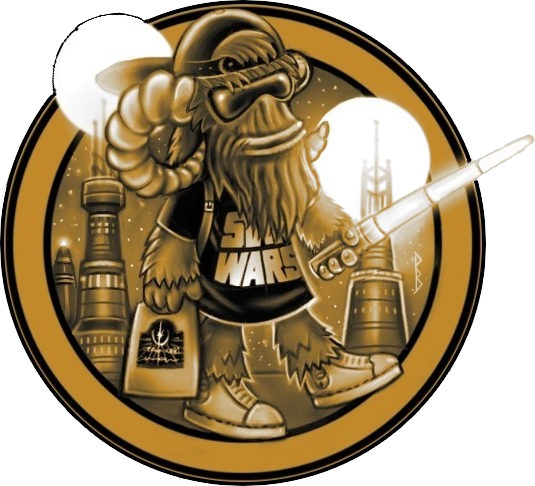Cinematographer Greig Fraser looks back to the making of Rogue One in the latest fascinating interview conducted by the ILM Publicity Group as he talks influences and the job of matching as closely as possible to that original trilogy aesthetic.
ILM: How did the experience of watching the original trilogy influence your work on Rogue One?
GF: The funny thing is, when it comes to Star Wars, there is a very particular visual language with the way the films are made. From the way they climb aboard the Millennium Falcon, to the wide shots of the Millennium Falcon going past the camera. There is a visual language that exists that, unless you’re studying it, you don’t really notice it. That occurred to me when we started Rogue One, when Gareth basically told me, “we’re not remaking Star Wars. We’ll make this movie the way we would want to make this movie.” But the thing is, what was great about that, is that we could channel Star Wars. Normally you try to hide your influences; you don’t wear them on your sleeve when you make a movie. You try to become a little more nuanced, a little more “clever” about sort of fooling people into what your influences are. “No, I didn’t actually watch Steven Spielberg films to make this ‘Spielbergian’ movie.” Those sorts of things. But what was great about Rogue One is that we were making a film that actually connected directly into Star Wars: Episode IV – A New Hope, by design. So if we wanted to reference anything from Episode IV, Episode V, or Episode VI, we could. We were actively encouraging ourselves to do it. For me that was a huge revelation, because normally, on any other film, you wouldn’t do that. For example, when we went back and watched Obi-Wan’s sequences aboard the Death Star, we would study how Sir Alec Guinness would move throughout the corridors, and it was very influential in the way that we did some of our movement through the Imperial security complex on Scarif. We took for granted that it was such a big place, and that the Imperials would be minding their own business and doing their own thing, and that you could have these Rebel spies, and have them actively infiltrate this heavily-fortified complex.
ILM: Was there a lot of conversations around trying to match the aesthetic of A New Hope?
GF: There was. Growing up, you got used to watching Star Wars on Betamax and VHS, on a home television format. For research for this film, I was able to watch a 4K scan of one of the earlier films, and the conversation turned to, “is that our North Star? Do we make it look exactly like that? Do we shoot it on film, with those same lenses?” Sometimes your memory of something can be slightly different from reality, so what we did for Rogue One, is we tried to match it to the aesthetic of our “mind’s eye”, and what we remember from Star Wars growing up. For us, thinking about that look – it wasn’t super sharp, but it had depth and clarity. It was soft at times, but not defunct. That is why we chose the format that we did, the ARRI ALEXA 65, paired with these old lenses. For Gareth and I, it felt like it was showing us the film that we remembered as kids.
- Hardcover Book
- Mann, George (Author)
- English (Publication Language)
- 192 Pages - 09/07/2021 (Publication Date) - Random House/Star Wars (Publisher)


